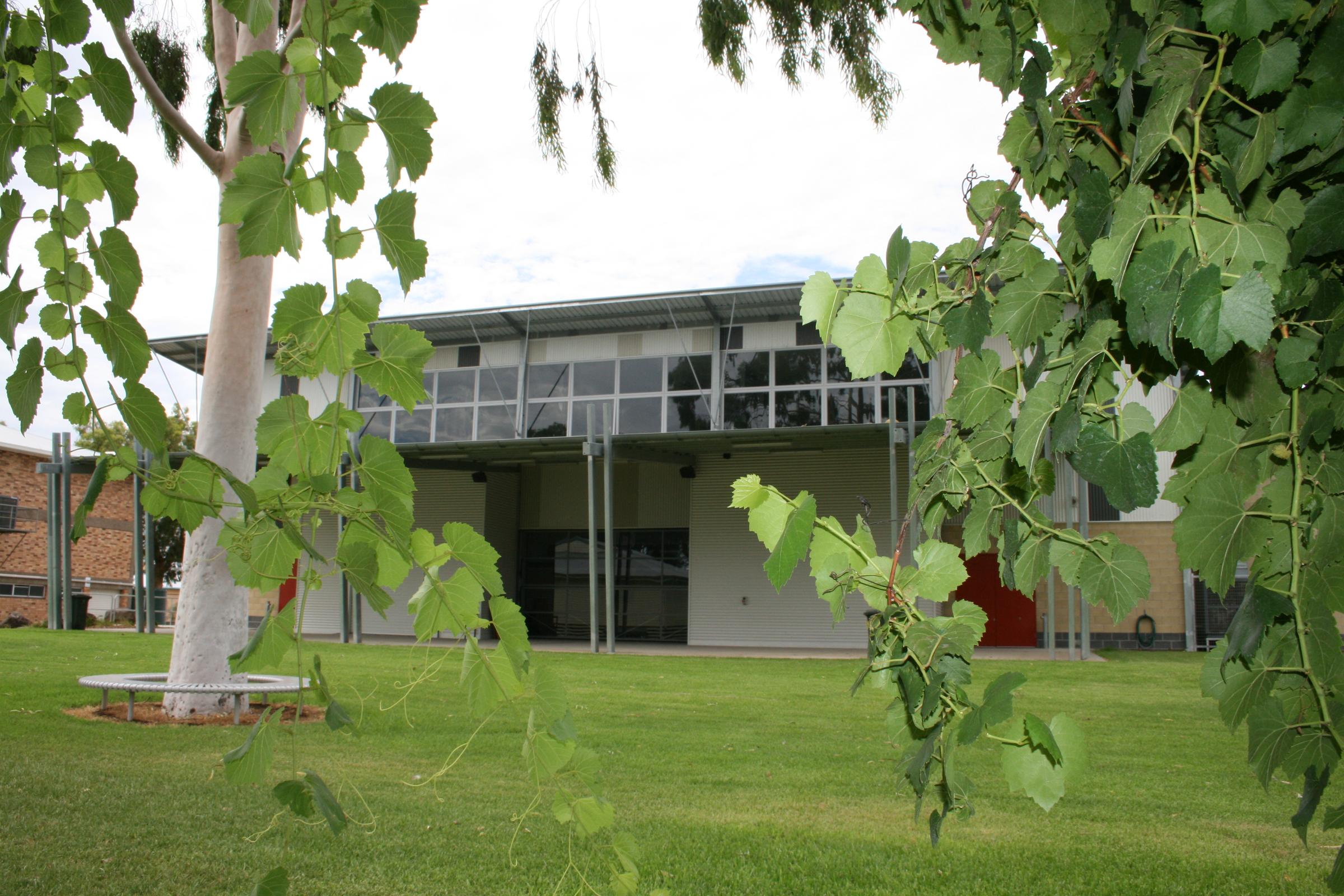Whole School News

2019 Commemorative Tea Towels for sale!
Assessment and Reporting
Schools undertake assessment to collect information about students’ learning. The information teachers gather comes from both formal assessment activities and informal observations and are built up over time and in different situations.
Informal assessments are those assessments that result from teachers' spontaneous day-to-day observations of how students behave and perform in class (discussion/responses/bookwork observations, active participation, debates, collaborative and cooperative learning, etc).
Formal assessments are preplanned by the teacher to ascertain what students have learned. Formal assessments are used in combination with goals and objectives set forth at the beginning of a lesson or the school year (quizzes/multiple-choice, true/false tests, matching questions and answers, labelling diagrams, research, designing, making and appraising, critical analysis, written response, oral presentation,etc).
Student reports are sent home at the end of each school semester and provide a clear picture of student progress. Students undergo a range of assessments throughout the semester that guide teachers in the allocation of grades. The student reports provide a clear picture of students'
current achievements at the end of each semester. Grades are one aspect of school reporting. Other important tools include teacher comments, information about student effort and application and parent-teacher interviews.
Every student report contains an A-E common grade scale to ensure consistent reporting against common nationwide standards. This means that the A-E ratings students receive in their reports have the same meaning at every school across the nation. The Common Grade Scale shown below will be used to report student achievement.
The Common Grade Scale describes performance at each of five grade levels.
A = The student has an extensive knowledge and understanding of the content and can readily apply this knowledge. In addition, the student has achieved a very high level of competence in the processes and skills and can apply these skills to new situations. B = The student has a thorough knowledge and understanding of the content and a high level of competence in the processes and skills. In addition, the student is able to apply this knowledge and these skills to most situations. C = The student has a sound knowledge and understanding of the main areas of content and has achieved an adequate level of competence in the processes and skills. D = The student has a basic knowledge and understanding of the content and has achieved a limited level of competence in the processes and skills E = The student has an elementary knowledge and understanding in few areas of the content and has achieved very limited competence in some of the processes and skills. |
In every school:
a ‘C’ rating means that a student is at the standard expected at the time of reporting and their learning is on track
a ‘B’ rating means that a student is above the standard expected at the time of reporting
an ‘A’ rating means a student is well above the standard expected at the time of reporting
a ‘D’ rating means a student is below the standard expected at the time of reporting
an ‘E’ rating means a student is well below the standard expected at the time of reporting
A ‘C’ rating indicates that the student has met the nationwide standard expected for students in their age group for that subject and their learning is firmly on track.
These grades are different from the grades you might remember from your school years. The A to E grades don’t rank your child in his or her class. Rather, the grades indicate whether your child is ‘on track’, and learning what is expected, doing better than expected or needs more help. For example, a grade of C indicates that your child is making sound progress in relation to what he or she was expected to learn over the last semester – your child is ‘on track’.
Your child’s report will have clearly written comments that tell you what your child knows and what they can do. The report may also identify areas in which your child needs further help or can improve and may describe what the school will do to support your child.
Mary Mackillop Award
The Mary MacKillop Award is designed to reflect the Christian values of our school and of Mary MacKillop and is awarded to someone from each class in the K-6 department who has helped others.
Week 6 recipients of the Mary MacKillop Award :
Isaac Fealy; Harriet Biddle; Terese Stanley; Ava Bye; Cameron Smith; Shaylyn Smith; Alice Gall; Hamish Coleman; Stella Madden; Matthew Coleman; Charlotte Ball; Lucy Ross; Anchelle Sangalang
Week 7 recipients of the Mary MacKillop Award :
Leo Tapscott, Nyarii Munro, Arabella Griffiths, Jace Swan, Kellam Joseph, Geordie Quilty, Angus Makim, Maggie Ball, Lochie Hollands, Zyden Wiid, Zara Cogan, Niklas McGregor



